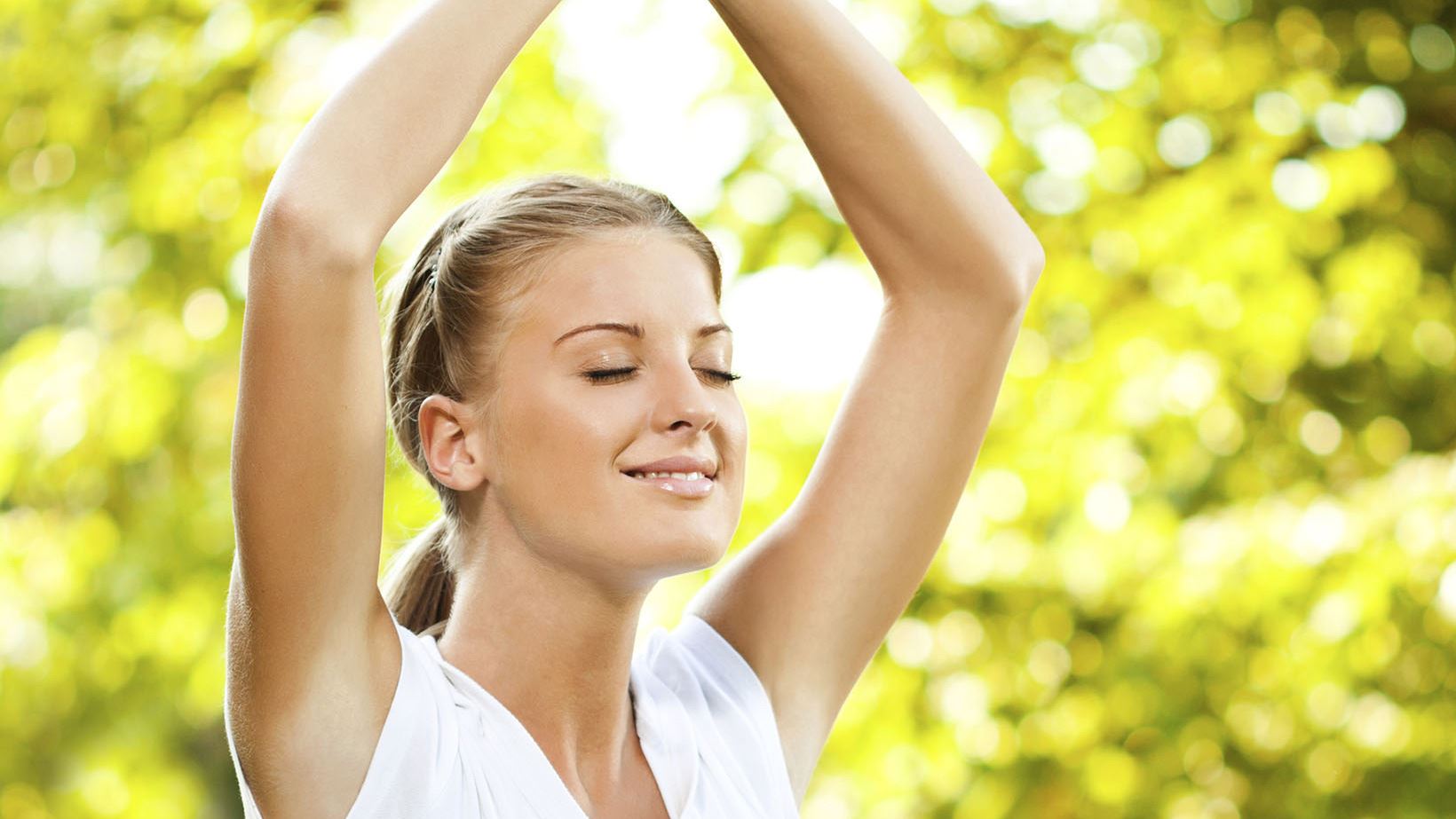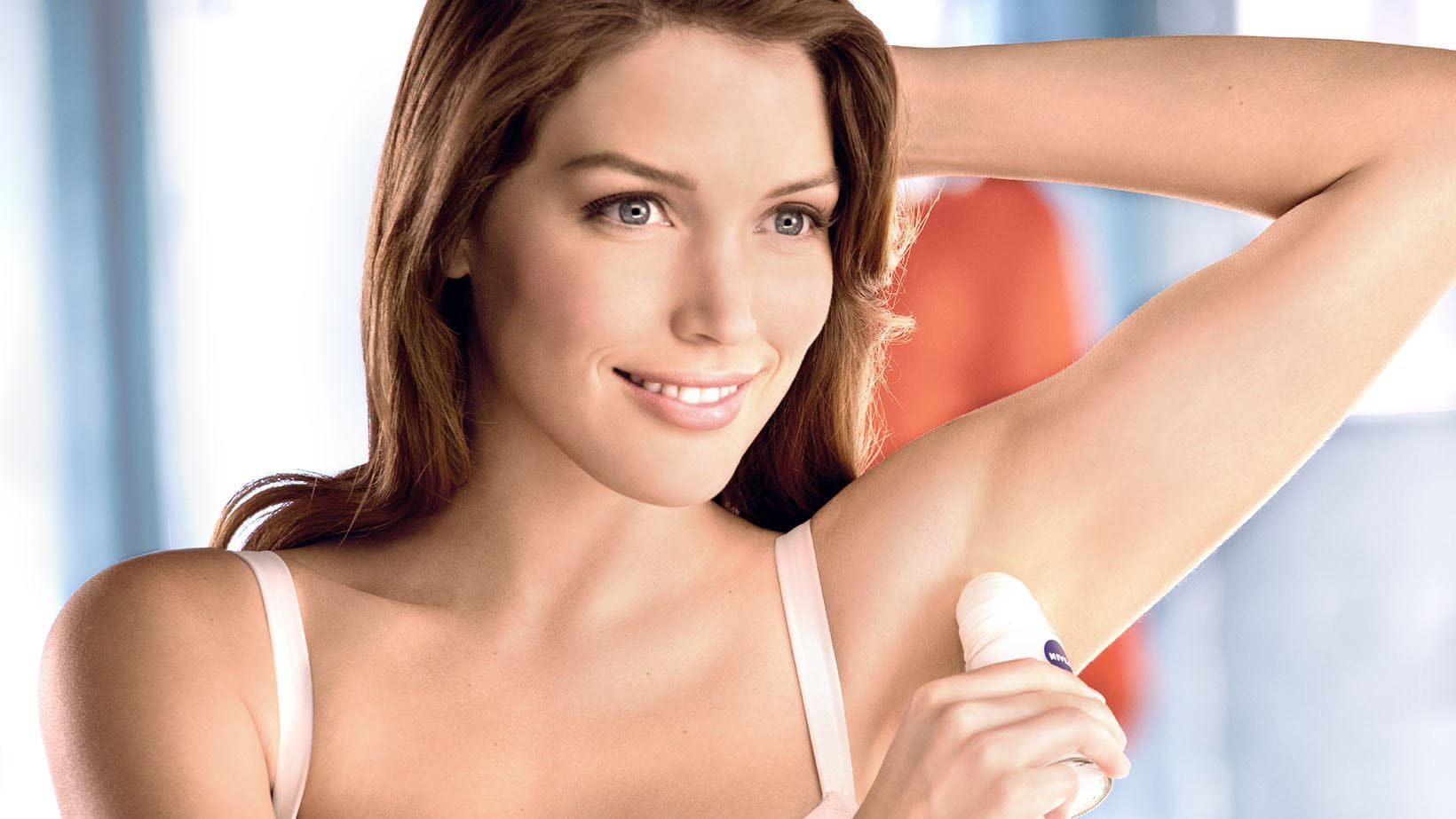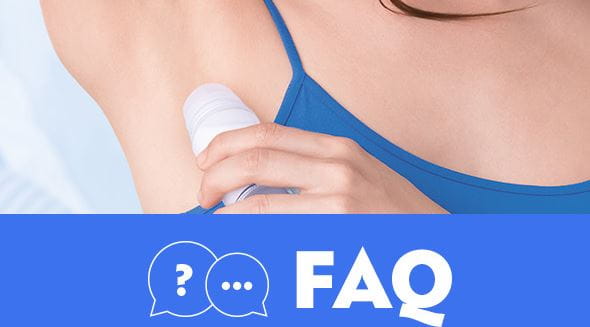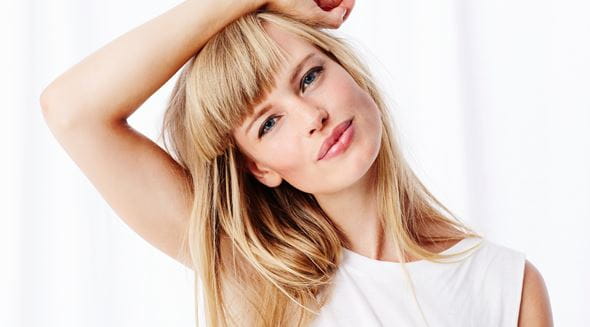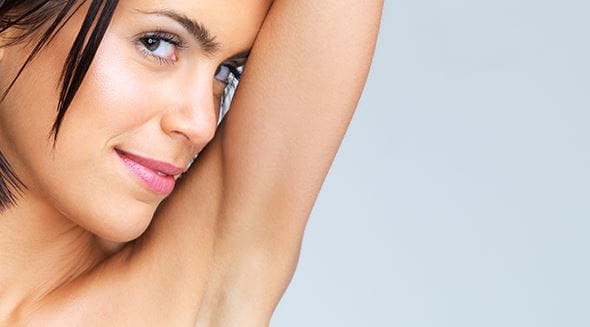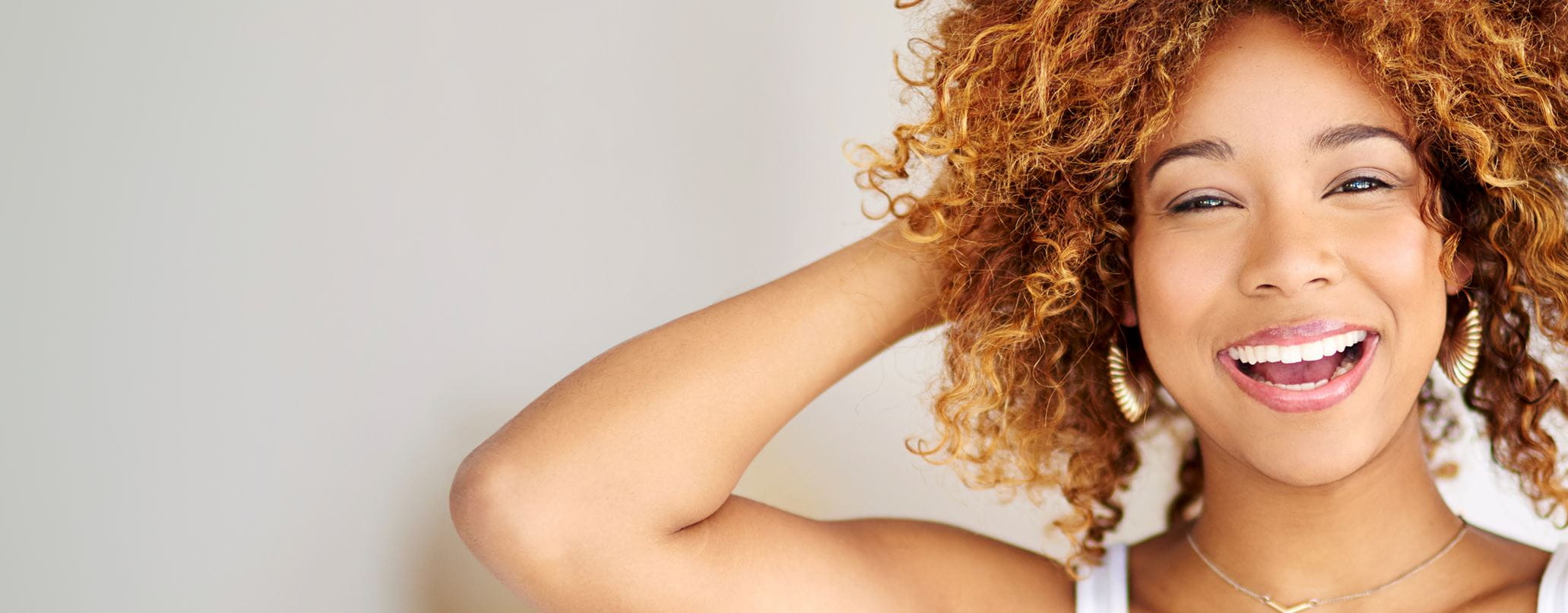
Which deodorant is best for me?
Choosing the right deodorant can be a bit overwhelming with so many options available. Whether you’re dealing with excessive sweating, sensitive skin, or simply want to stay fresh throughout the day, the right deodorant can make all the difference. In this article, we’ll explore different types of deodorants and help you find the one that best suits your needs.
The right deodorant for every type
Different types of deodorants cater to various lifestyles and personal preferences. Understanding your specific needs can help you make an informed choice.
Antiperspirant Vs. Deodorant: What’s the difference?
Understanding the difference between antiperspirants and deodorants is crucial for choosing the right product.
The Deodorant Varieties
The NIVEA overview: different types of deodorant
What deodorant type are you?
There are multiple types of NIVEA Deodorants tailored for various preferences:
Deodorant – myths that just won't go away
People say a lot of things about deodorants. But do these deodorant beliefs really reflect reality? We’ll shed some light on them here!
